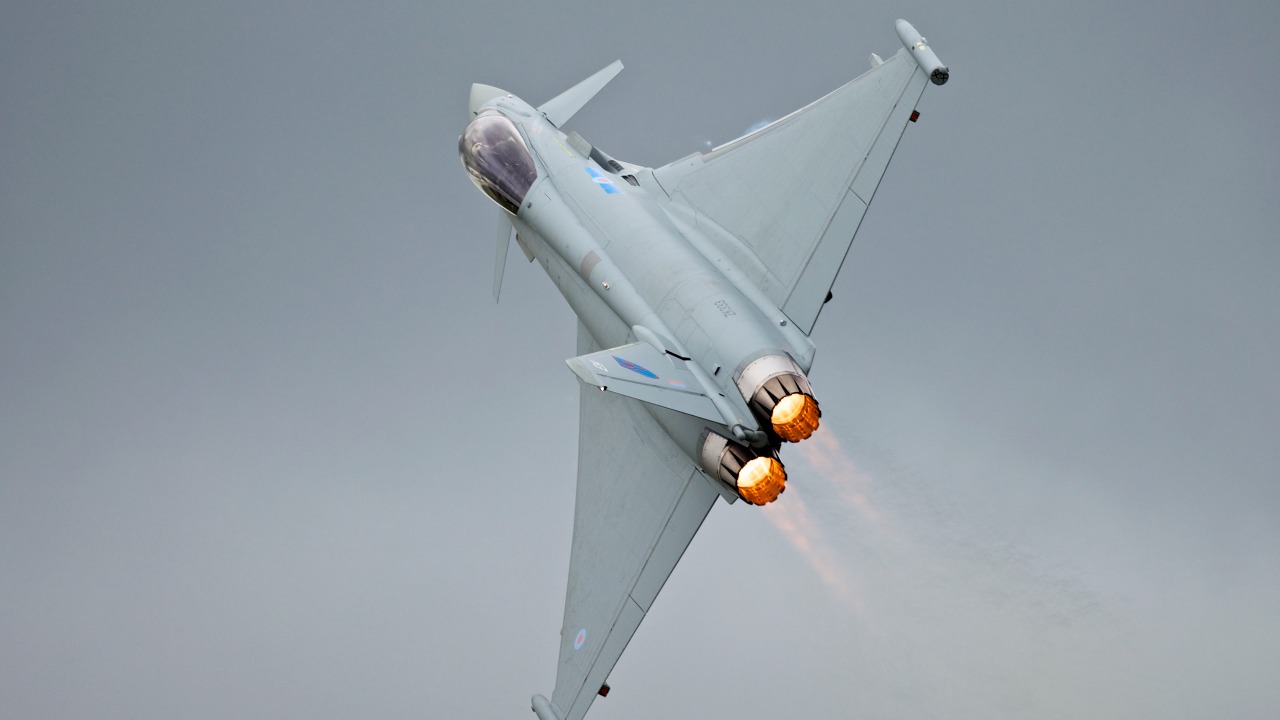
The Eurofighter Typhoon, a non-stealth fighter, has proven its mettle by reportedly “shooting down” an F-22 Raptor stealth fighter during exercises. This achievement raises questions about its viability in an era increasingly dominated by stealth technology, especially with the anticipated arrival of the F-47 NGAD 6th Generation Fighter. As aviation technology advances, the Typhoon’s role and capabilities are under scrutiny.
The Eurofighter Typhoon’s Current Capabilities
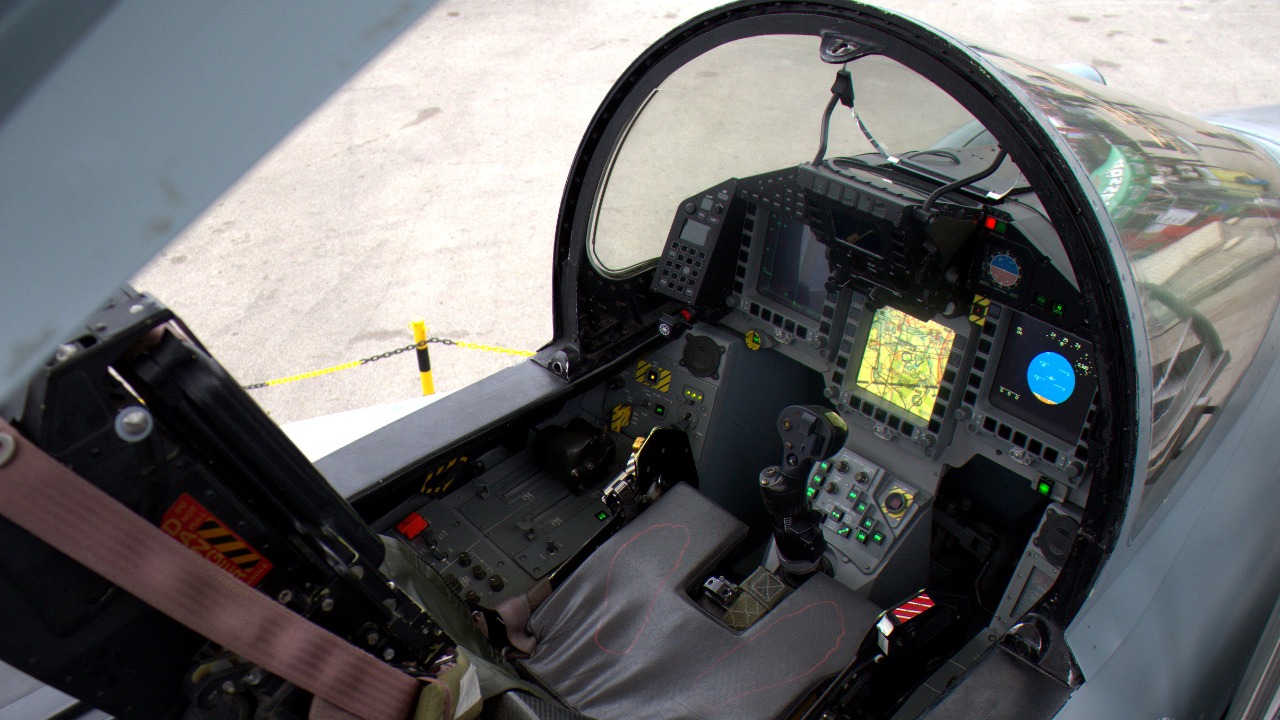
The Eurofighter Typhoon boasts several strengths that allow it to effectively challenge stealth fighters in specific scenarios. Its advanced avionics, agility, and powerful radar systems have enabled it to compete with stealth aircraft like the F-22 Raptor. In exercises, the Typhoon has demonstrated its ability to counter stealth technology, as evidenced by its reported success against the F-22 Raptor, a testament to its sophisticated sensor suite and combat prowess (National Interest).
However, the Eurofighter Typhoon will never be a stealth fighter due to inherent design constraints and technological limitations. Its airframe and external weapon carriage are not conducive to stealth, which requires a smooth, uninterrupted surface to minimize radar cross-section. These design elements are integral to the Typhoon’s performance but inherently limit its stealth capabilities (Simple Flying).
Challenges in Competing with Stealth Technology
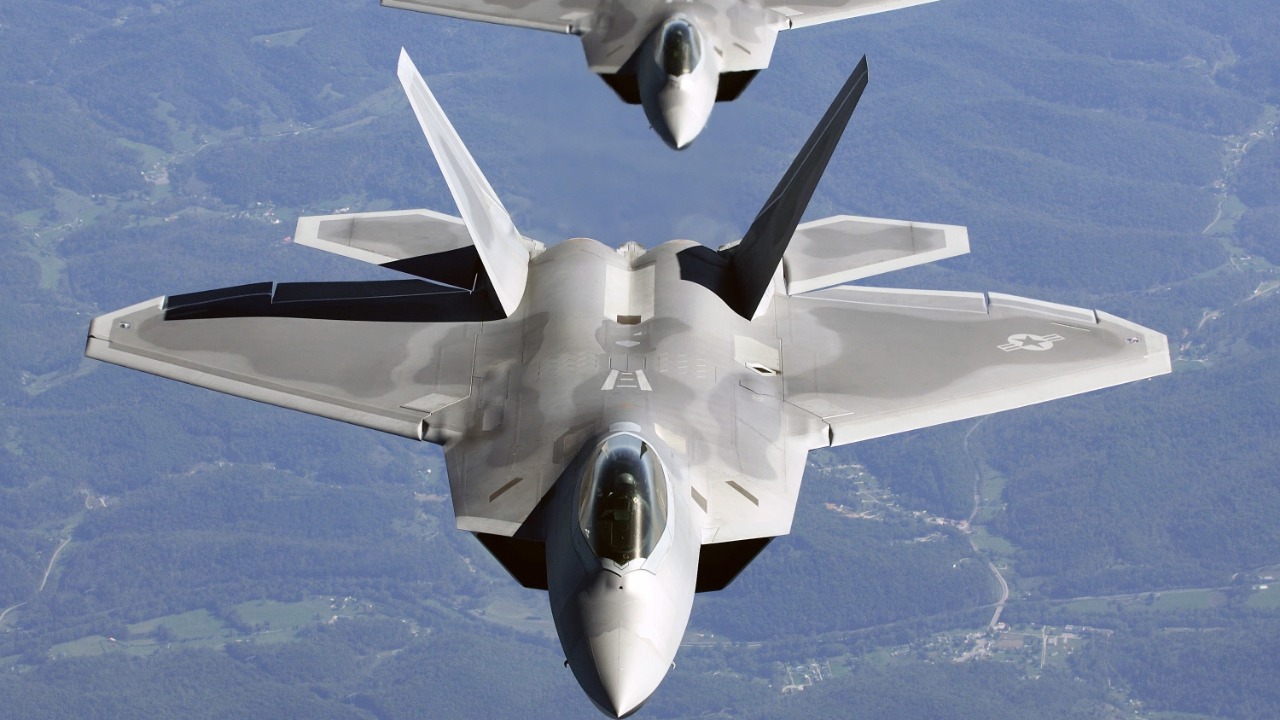
The technological gap between the Eurofighter Typhoon and modern stealth fighters like the F-22 Raptor and the upcoming F-47 NGAD 6th Generation Fighter is significant. Stealth technology offers a critical advantage in avoiding detection, a capability that the Typhoon cannot match due to its design. The F-47 NGAD, for instance, represents the next leap in stealth and sensor technology, further widening the gap between stealth and non-stealth aircraft (National Security Journal).
Stealth technology is increasingly important in modern air combat scenarios, where the ability to remain undetected can determine the outcome of engagements. As air defense systems become more sophisticated, the demand for stealth capabilities grows, challenging aircraft like the Eurofighter Typhoon to find new ways to remain relevant in a stealth-dominated battlefield.
The Eurofighter Typhoon’s Role in Modern Air Forces
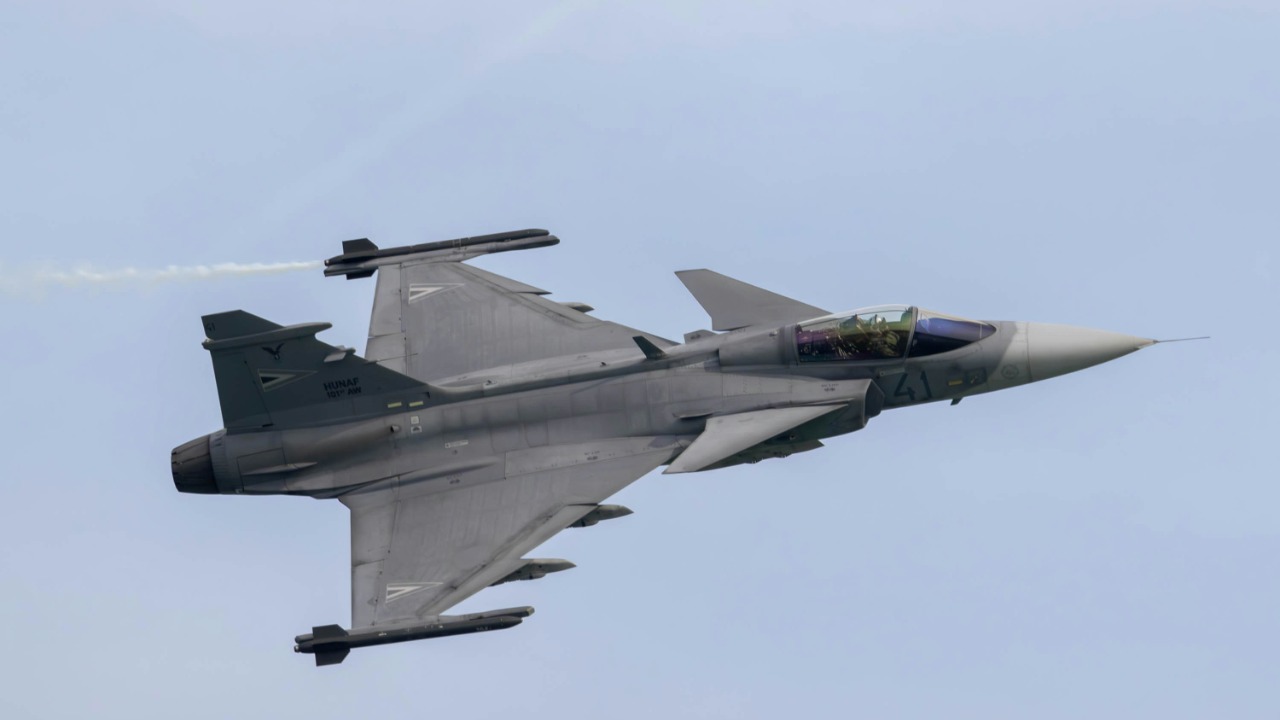
Despite these challenges, the Eurofighter Typhoon continues to play a strategic role in various air forces around the world. It complements stealth aircraft by providing a versatile platform capable of performing a wide range of missions, from air superiority to ground attack. This versatility ensures that the Typhoon remains a valuable asset in mixed fleets, where it can operate alongside stealth fighters to maximize operational effectiveness (19FortyFive).
The Typhoon’s operational history is marked by significant contributions to military air operations, demonstrating its reliability and effectiveness in combat. Its continued deployment in various air forces underscores its enduring value, even as newer aircraft enter service. The Typhoon’s adaptability and proven track record make it a key component of modern air power strategies.
Future Prospects and Evolution
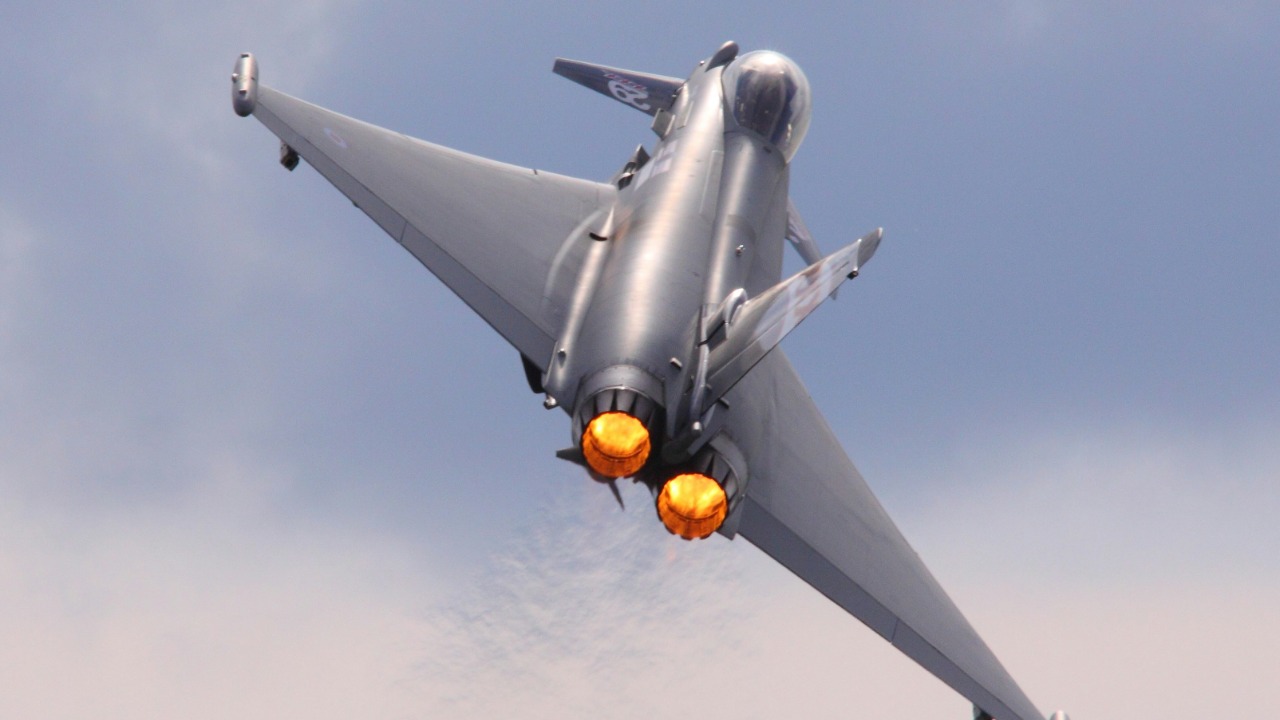
Looking ahead, potential upgrades and modifications could enhance the Eurofighter Typhoon’s capabilities without transforming it into a stealth fighter. These enhancements may include advanced electronic warfare systems, improved sensors, and integration with next-generation weaponry, allowing the Typhoon to remain competitive in a rapidly evolving technological landscape (Simple Flying).
The long-term future of the Eurofighter Typhoon will depend on its ability to adapt to advancements in aviation technology and the introduction of newer aircraft. As air forces evaluate their needs in the context of emerging threats and technological developments, the Typhoon’s role may evolve, but its legacy as a formidable fighter aircraft is assured (19FortyFive).
In addition to potential upgrades, the Eurofighter Typhoon’s future may also involve collaborations with other aircraft systems to enhance its operational scope. By integrating with unmanned aerial vehicles (UAVs) and leveraging artificial intelligence (AI) for real-time data analysis, the Typhoon could significantly boost its situational awareness and combat effectiveness. Such advancements would allow it to operate more efficiently in complex airspace environments, providing a tactical edge even without stealth capabilities (Simple Flying).
Furthermore, the Eurofighter consortium, comprising several European nations, continues to invest in research and development to ensure the Typhoon remains relevant. This includes exploring new materials and manufacturing techniques to reduce maintenance costs and improve performance. As geopolitical landscapes shift, the Typhoon’s adaptability to new roles, such as electronic warfare and network-centric operations, will be crucial. These efforts underscore a commitment to maintaining the Typhoon as a cornerstone of European air defense, capable of meeting the demands of future conflicts (19FortyFive).